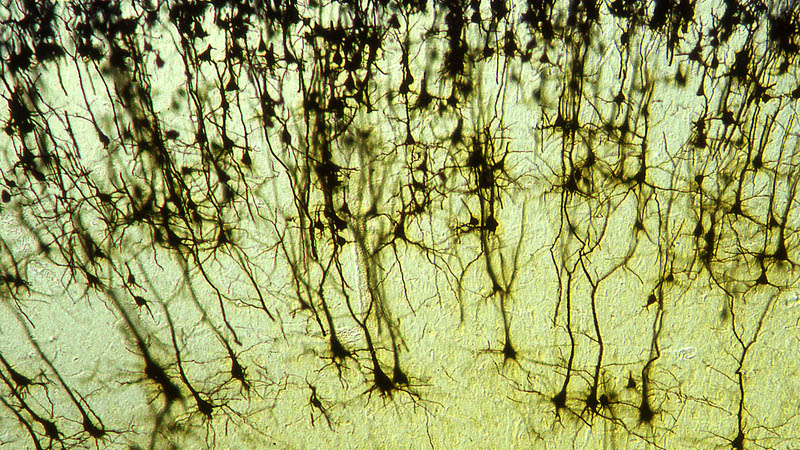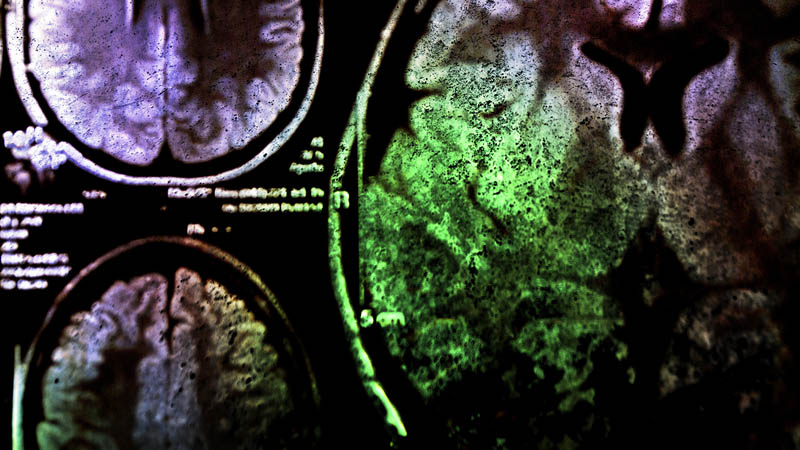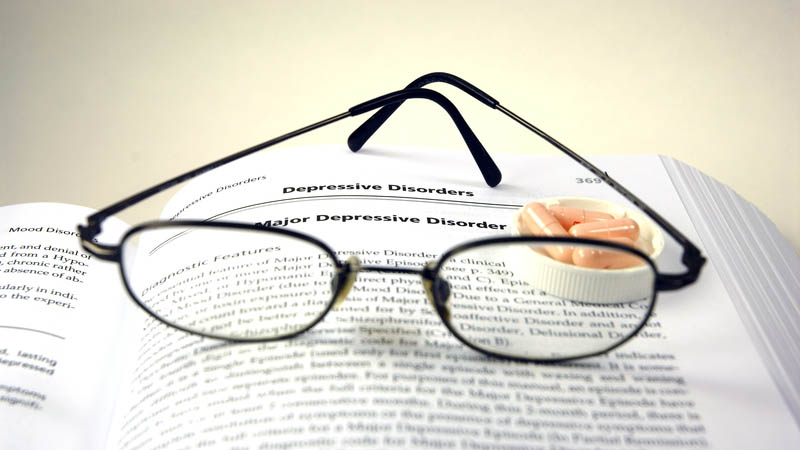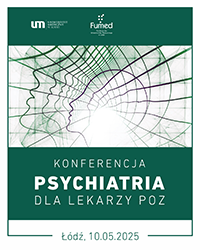Analysis of relation between tattooing and deliberate self‑injury in a group of persons presenting both qualities
Arkadiusz Jasek, Adrian Kostulski, Agnieszka Gmitrowicz
 Affiliacja i adres do korespondencji
Affiliacja i adres do korespondencjiThe practice of body art (or body decoration) has its cultural roots and origins, associated with regional beliefs and rituals, and is met on all the continents. Can a tattoo – when approached in the understanding of risk behaviour – be regarded as one of autoaggression forms, being a substitute for the purposeful act of self‑harm? An evaluation of tattooing as a substitute for purposeful self‑harm. An analysis of correlations between tattooing and self‑harming in a group of subjects presenting both features. A self‑answer questionnaire, used as a study tool, included a self‑harm and a tattooing section. Questions in the former part had their counterparts in the latter part, what facilitated a comparative analysis. A study group included 79 subjects with tattoo. Out of that group, tattooed subjects with, at least, one purposeful self‑harm episode in history were isolated, with 56% of females and 44% of males. The analysis was carried out on the percent of subjects from the study group, who reported their sensations, following purposeful self‑harm and tattooing. Differences were observed, regarding the feeling of relief, satisfaction, guilt and impulsiveness in the undertaken actions among the subjects with both features. Tattooing is a risk behaviour and coexists with other risk behaviours, such as risk drinking. Subjects with more than one self‑harm episode in history, presented – beside tattoo – also more invasive forms of body art, e.g., scarification. Even if the obtained results did not attain statistical significance (for the low number of subjects in the study group), we may conclude – although with some caution – about a dissimilar perception of the roles, played by tattoo and self‑harm in life of those with both features. A thesis may then be implied that tattoo does not fulfil the same function as self‑harm in subjects with both features.






















